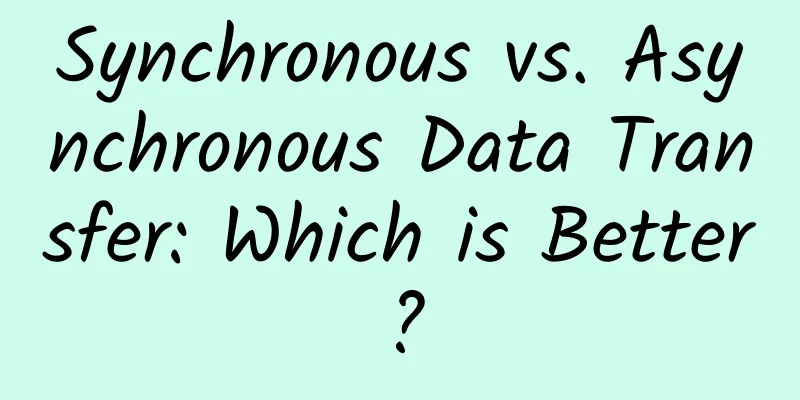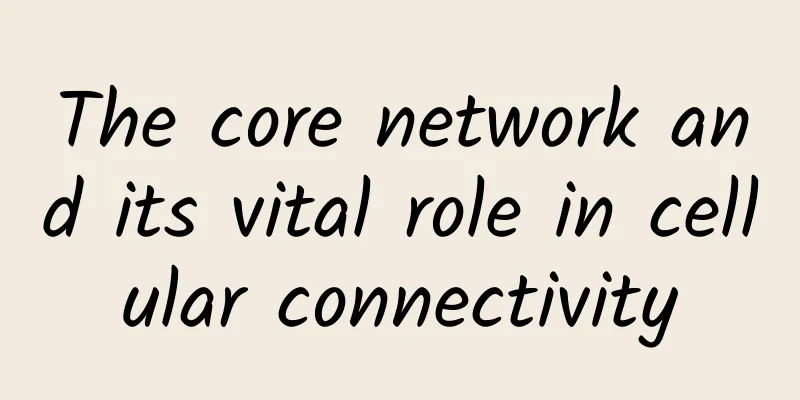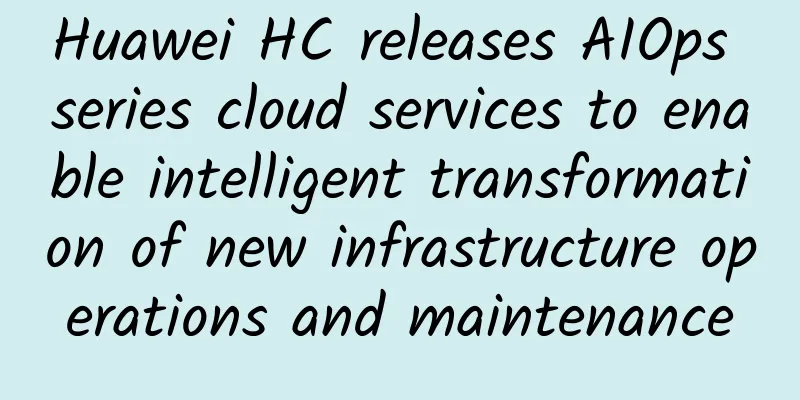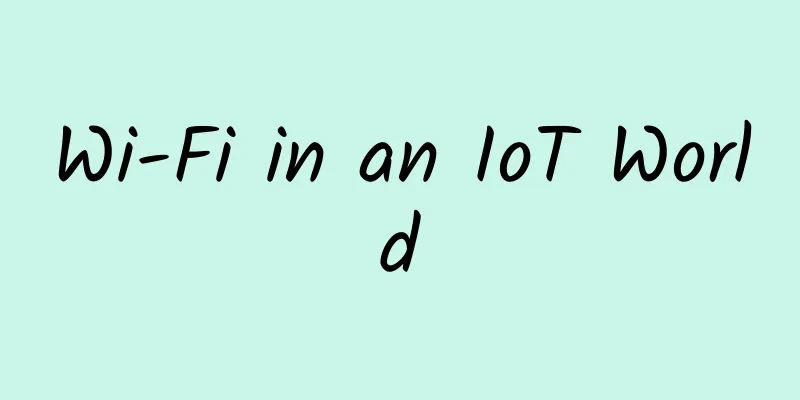How 5G can drive a sustainable future
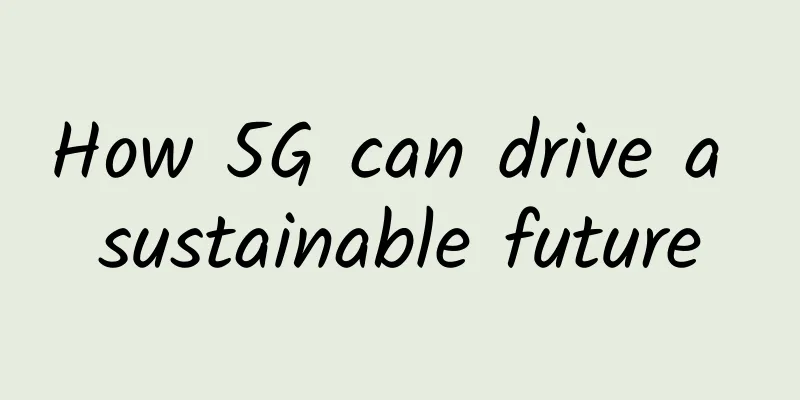
|
IBM Vice President Marisa Viveros said that while fifth-generation cellular connectivity (5G) is known for delivering unprecedented wireless speeds to consumers, it also has the potential to help solve a more critical challenge: driving sustainable development. It’s no surprise, then, that the telecom industry is particularly focused on going green: a recent study by the Institute for Business Value of more than 3,000 CEOs in more than 40 countries, including 120 telecom leaders, found that more than half (56%) of telecom CEOs ranked improving sustainability as their organization’s top priority over the next two to three years. By upgrading equipment and leveraging the latest network standards, and helping ecosystem partners take the lead in implementing strategies that benefit the environment, telecom companies will not only realize increased revenues, but will also play a key role in mitigating climate change-related risks, achieving their ESG strategies, and improving the human condition in the process. Reaching the goalIn 2015, the United Nations released the Sustainable Development Goals (SDGs), a list of 17 goals to address the most pressing social and environmental issues facing the global population. The goals cover a wide range of ambitious targets, from combating climate change and protecting natural resources to eliminating hunger and poverty. The telecommunications industry is well-positioned to make meaningful contributions to many of the Sustainable Development Goals, and 5G will play a key role in their achievement. Below, we highlight how the next-generation connectivity standard can help achieve the United Nations guidelines for a more sustainable and equitable future. Combating climate changePerhaps the most critical of the United Nations’ Sustainable Development Goals involves reducing global climate change and its impacts. According to a report commissioned by wireless industry association CTIA and conducted by consulting firm Accenture, 5G and its related applications could reduce carbon emissions in the United States by 20% by 2025. Even before considering the carbon reduction benefits that 5G connectivity brings to partners in areas ranging from transportation to agriculture, the new standard itself is more environmentally friendly. Nokia and Telefonica’s 2020 5G Energy Efficiency Study found that 5G networks are 90% more efficient per unit of traffic (W/Mbps) than 4G networks. Further developments at the base station level are improving this inherent efficiency, such as new energy-saving software that reduces energy use in radio equipment and liquid cooling technology that can reduce CO2 emissions by 80%. Overall, the rapid rollout of 5G could reduce global mobile network CO2 emissions by 500 million metric tons over a decade of operation – equivalent to more than one year’s worth of greenhouse gas emissions from all global aviation. The most significant benefit, however, is what 5G will bring. Its energy efficiency, low latency and high fidelity promise to unlock the full potential of the Internet of Things (IoT) and expand the reach of artificial intelligence (AI), which will transform countless industries – leading to better use of energy and natural resources, less waste and reduced greenhouse gas emissions. In transportation, for example, 5G is revolutionizing vehicle communications, navigation and autonomous driving, as well as logistics such as truck loading optimization and fleet management. About 20% of urban traffic is caused by people looking for parking spaces. By helping drivers find available parking spaces, we can reduce congestion and unnecessary emissions. Telecommunications companies NTT DoCoMo and Vodafone, Japan's leading mobile phone operator, have each launched smart parking services to help solve this problem.
Overall, the use of 5G networks in a variety of use cases is expected to reduce 330.8 million metric tons of carbon dioxide equivalent across the five industries by 2025. This level of improvement would represent 20% of the U.S. emissions reduction target during that period and is equivalent to the emissions from taking 71.9 million cars off the road for one year. Improve your lifeThe latest cellular technology can do more than just help save the environment. It is proving essential to improving the living standards of people around the world, especially those in traditionally underserved areas. The second UN Sustainable Development Goal is about ending hunger, an issue that 5G and related technologies are already addressing. Food waste is a major problem: It is estimated that only 14% of food produced reaches consumers. With IoT sensors connected via 5G networks, farmers can closely monitor a myriad of factors, including humidity, temperature, soil moisture, and crop health, and deploy automated irrigation systems to maximize crop yields. Autonomous machines, including tractors, ground robots, and imaging drones, are also playing an increasingly important role in making food production more efficient. Beyond “agtech,” 5G also improves the efficiency of food delivery, from smart transportation and logistics to connected retail systems, which can further help ensure less produce is wasted. The ninth Sustainable Development Goal involves building resilient infrastructure, promoting industrialization, and fostering innovation—three goals that telecom providers are working to achieve. In the United States, for example, tens of billions of dollars have been earmarked for telecom providers to bring broadband infrastructure to rural and underserved areas, reducing investment barriers to bring long-awaited high-speed connectivity to these populations. This includes the FCC’s Rural America 5G Fund, which helps bring broadband access to new markets. Providing 5G connectivity to these populations opens up new opportunities in education, work and business. With more robust communications technology overall, telecom operators have reported directly increasing GDP in the regions where they operate – boosting financial prosperity and making progress towards the first SDG goal: ending poverty. Take ActionTo ensure 5G achieves the best outcomes in terms of sustainability, it is vital that telecom providers act quickly. The study details how rapid deployment – moving 99% of mobile traffic to 5G in developed economies by 2030 – would drive a two-fold reduction in carbon emissions from cellular networks alone compared to a slower rollout. In short, an accelerated transition to 5G is necessary to prevent escalating network energy demands caused by increased data traffic and to address pressing global issues that the latest cellular connectivity standard uniquely solves. |
<<: How to Choose the Right Data Cabling for Your Business
Recommend
RAKsmart cloud server flash sale starts at $1.99/month, popular VPS host $0.99/month, US/Hong Kong/Japan/Singapore data center
At the beginning of the month, the tribe shared i...
It is urgent for operators to improve network operation and maintenance
Communication networks are the underlying infrast...
NASA is upgrading the Deep Space Network to help advance future space exploration
According to foreign media reports, NASA is upgra...
What can I do with 5G network?
Some people say that 4G is enough and there is no...
"Hyper-converged Data Center Network Lossless Ethernet Scenario Level Evaluation Specification" released, Huawei is the first to complete the evaluation
The "2021 Open Data Center Summit" was ...
Mobile layout: Do you enter from a single point or start with the platform?
Mobility has become a standard feature of enterpr...
Patents and standards proposals complement each other to start the battle for 5G commanding heights
Thanks to the contributions of national policies,...
Hacker tools can directly crack iPhone 12, which is the last thing Apple wants to see
[[348473]] This is definitely not good news for A...
In which industries can blockchain be applied?
In recent years, blockchain technology has become...
vSwitch expansion in the Ack cluster Terway network scenario
[[442525]] Table of contents 1. Terway Network In...
Fault recovery and resource allocation in software-defined optical networks
Preface Traditional IP packet switching networks ...
Casual talk: How to explain to my girlfriend why there is still a 460-second delay when playing Honor of Kings even with a 200M broadband?
Over the weekend, I was preparing a PPT for my an...
Tencent Interview: Do you understand process communication?
[[432787]] This article is reprinted from the WeC...
Borei Data 2021 strategy release tour opens up innovative paths for IT operations and maintenance
On May 26, 2021, the Beijing stop of the "Se...
Are the Prague Proposals issued by 32 countries targeting China's 5G? No, there is a new opportunity behind it.
In Prague Square, white doves are facing the suns...


